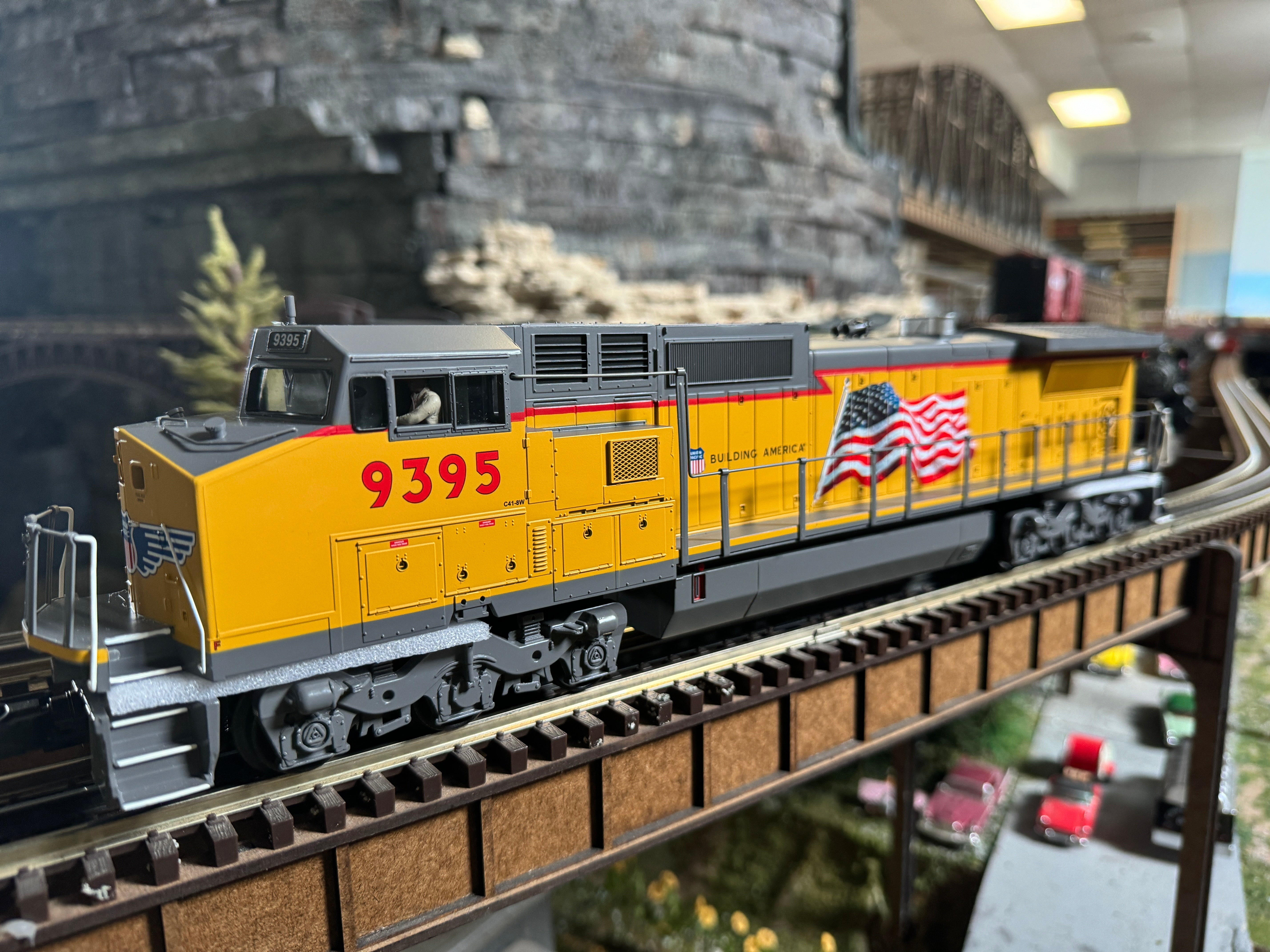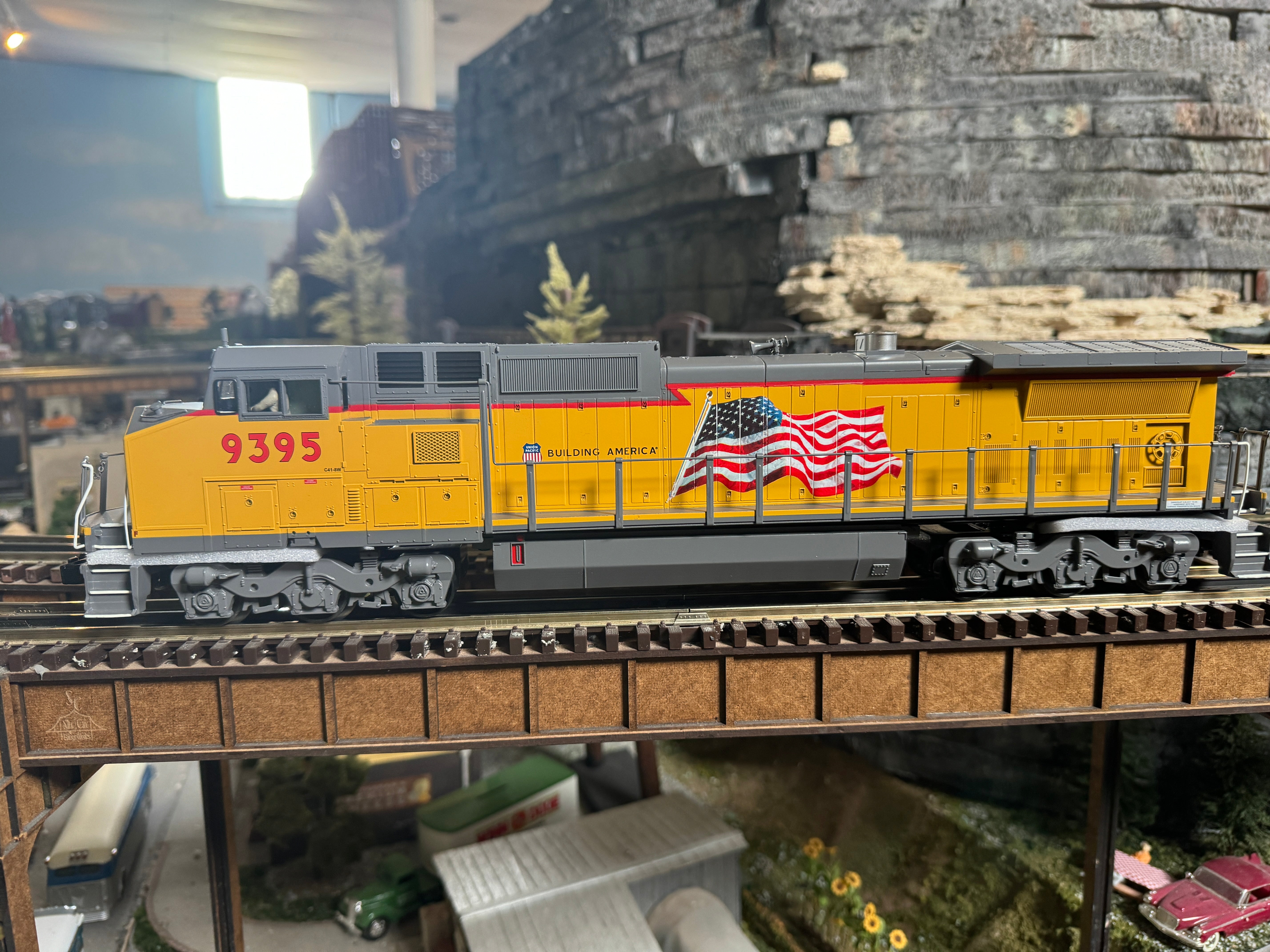Love it? Add to your wishlist
Your favorites, all in one place. Shop quickly and easily with the wishlist feature!
[message]
[title]
[message]







Announcement Date:
Guaranteed Pre-Order Due Date:
Expected Delivery Date:
Individually Boxed:
| Announced Date: | Aug 2022 |
| Released Date: | June 2024 |
| Individually Boxed: | Yes |
Diesel DCC Features
In the mid-1980s, as computers found their way into homes across America, they made their way into locomotives as well. In 1982, a year after IBM debuted its Personal Computer, General Electric fielded its first computerized diesel, test unit No. 606. With microprocessors controlling its engine and other systems, including a MicroSentry Adhesion System for wheelslip control, No. 606 and its counterparts at EMD ushered in the third generation of diesel power. By the end of the decade, the typical American road diesel would be profoundly different both inside and outside — evolving from a four-axle hood unit with a narrow short nose and electronic controls to a high-horsepower, six-axle computerized heavy hauler with a wide “North American” cab.
After extensive testing of several prototypes, GE delivered its first production units in 1984, models B32-8 and B39-8 — “B” for two-axle trucks, “32” or “39” for 3200 or 3900 horsepower, and -8 to indicate the new model, succeeding the second-generation -7 lineup. In part due to the recession of the early 1980s, orders didn’t really heat up until late 1987, when GE uprated its prime mover to 4000 horsepower and changed the model’s name to “Dash 8.” In the ensuing years, as GE took the lead from EMD in North American locomotive sales, the Dash 8 series became a best seller, with over 1500 units delivered by the end of production in 1994.
From the beginning, the Dash 8 was offered in both four-axle (Dash 8-40B) and six-axle (Dash 8-40C) versions. With six-axle units outselling four-axle units almost seven to one, the sales numbers told the story of what was happening out on the road: as engine power increased, twelve wheels were proving superior to eight in getting all that muscle onto the rails. A 1991 Santa Fe order for 83 Dash 8s would prove to be the last four-axle road freight diesels GE ever built.
Up in the cab, another dramatic change was occuring. Following the lead of the Canadian National Railroad, where the wide-nosed “comfort cab” or “safety cab” had been standard for over a decade, the Union Pacific Railroad worked with both GE and EMD to design a safer, more comfortable cab. GE No. 606, the original -8 prototype, became a test bed for the new “North American cab,” with much input from UP engine men and crews. Introduced in 1989, the wide-nosed Dash 8-40BW and Dash 8-40CW and their EMD counterparts established the look of the American road diesel as we know it today.
177 W Main St
Atlanta, IN 46031
765-292-2022
support@mrmuffinstrains.com
Sign up for our newsletter and be the first to know about coupons and special promotions.
© 2025, MrMuffin'sTrains Powered by Shopify
